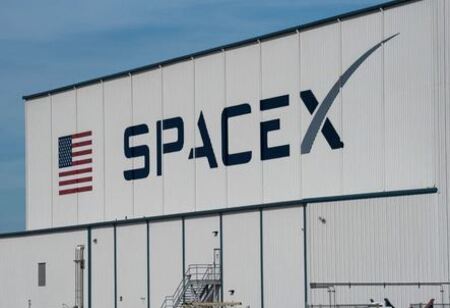
SpaceX's Starship Megarocket Scheduled for Next Test Flight


Elon Musk's Starship megarocket, the core of SpaceX's Mars aspirations, is scheduled for its next test flight after its last two missions ended in explosive explosions.
The company's Starbase facility, located next to a southern Texas community that recently voted to become a city, will host a launch window at 6:30 p.m. (2330 GMT).
Starship, the biggest and most potent launch rocket ever constructed, stands 403 feet (123 meters) tall and represents Musk's ambitions to make humanity a multiplanetary species.
Additionally, NASA is relying on a Starship variation to be the crew lander for the Artemis 3 mission, which would bring Americans back to the moon.
More emphasis is on SpaceX to do it correctly this time around after the past two tests ended with the top stages erupting into blazing cascades that caused debris to rain down over Caribbean islands and interrupt flights.
The company is placing a wager that it will once again benefit from its vigorous testing strategy, which helped it establish itself as the leading force in commercial spaceflight.
In an effort to have the vehicle prepared for a Mars journey as early as next year, SpaceX is reportedly allocating personnel and resources to the Starship development.
Positively, SpaceX has now shown three times that it can capture the Super Heavy first stage booster in the enormous robotic arms of its launch tower, a bold engineering achievement that it claims is essential to quickly reusing the system and cutting costs.
On this ninth flight, it will be using a Super Heavy booster for the first time. It will therefore try to splash down in the Gulf of Mexico rather than make a catch this time.
The upper stage will try to travel halfway around the world and land in the Indian Ocean, just like in past missions.
Mock-ups of SpaceX's Starlink internet satellites, which are anticipated to burn up in the atmosphere, will also be launched as a payload for the first time.
The Federal Aviation Administration said it had almost increased the airspace closure zone to 1,600 nautical miles east of the launch site when it approved the launch. It is working with officials in the Bahamas, Mexico, Cuba, the UK, and the British-controlled Turks & Caicos Islands.
Also Read: Matcha is Not Just Any Cup of Tea
Additionally, the FAA recently authorized a rise in the number of annual launches from five to twenty-five, citing no negative environmental effects and overcoming the concerns of conservation organizations who said the expansion may jeopardize shorebirds and sea turtles.

